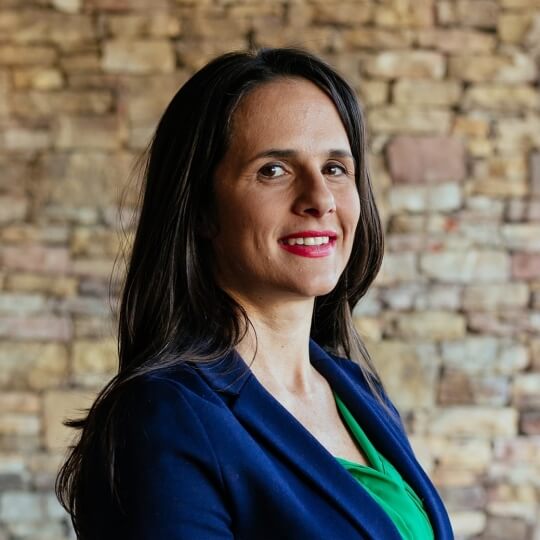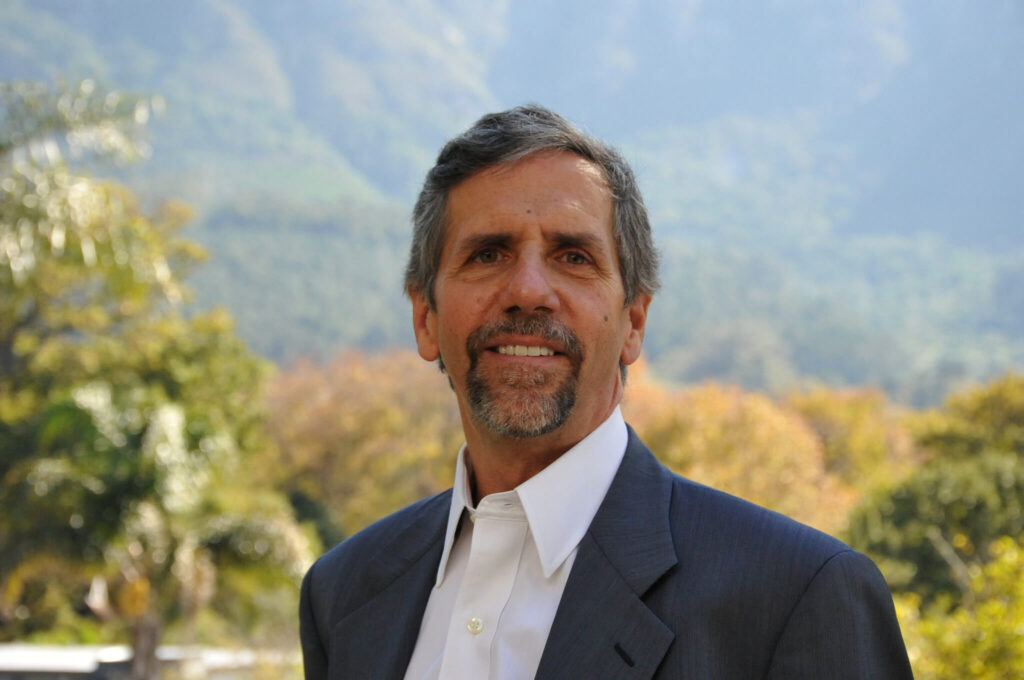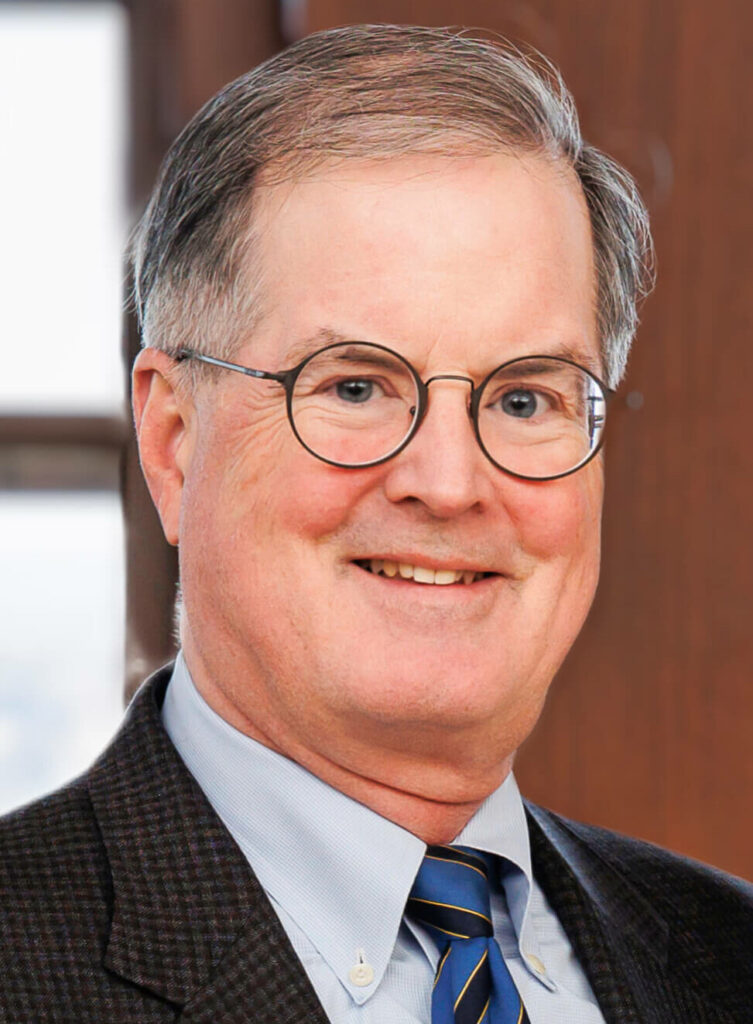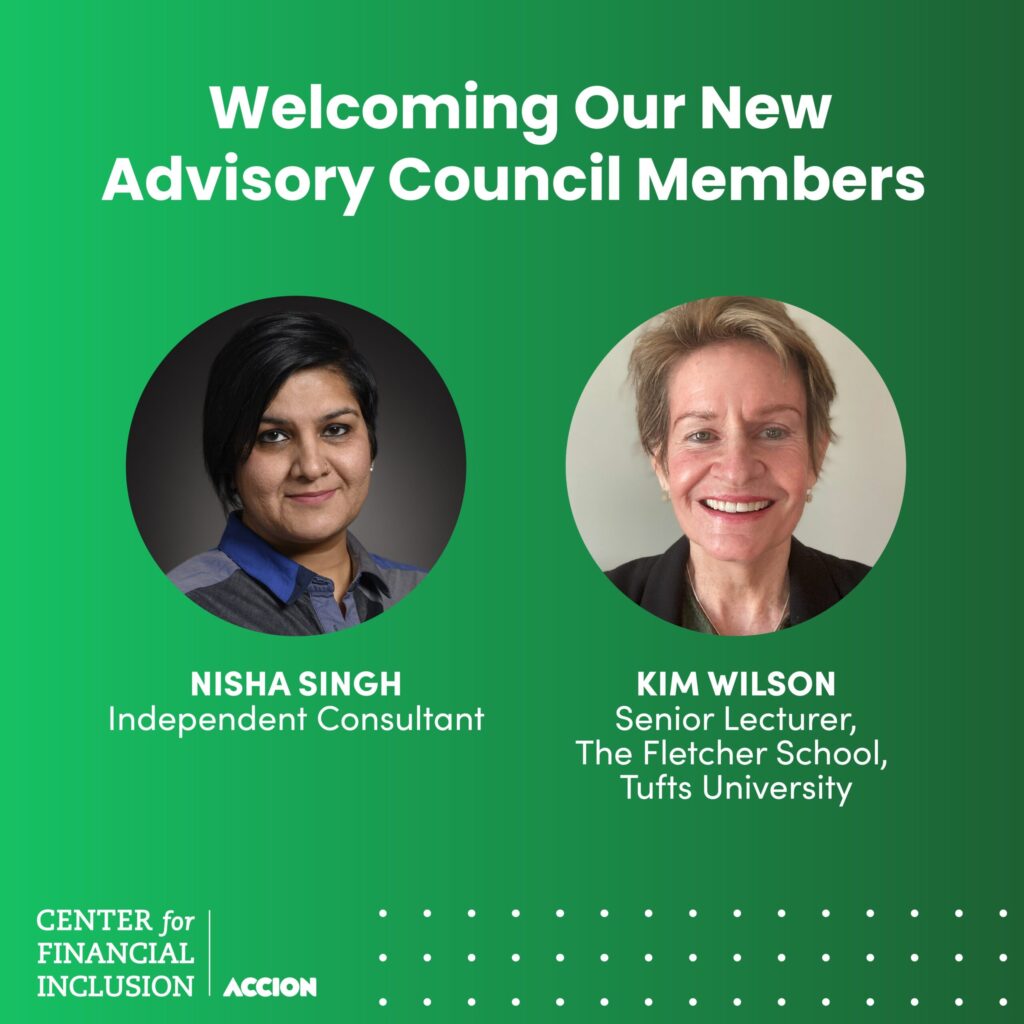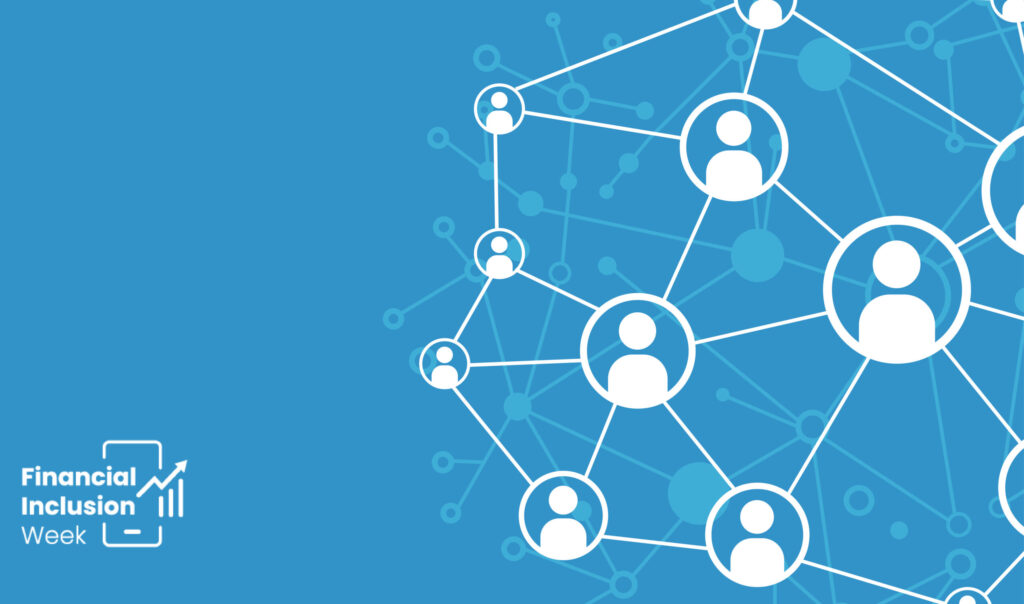Topic
Discussion of impact investing has grown increasingly heated. There’s a conference nearly every week. Several weekly clipping services—even a daily one—share news of the latest investments and conversions: 100% for impact! New benchmarks! New sectors! Perpetual motion! What fuel is creating this heat? The cold conviction that someday soon, all investing will be impact investing!
Meanwhile, in a parallel universe worried about losing its gravitational pull, a debate waxes and wanes over whether microfinance should be disqualified as an impact investment, either because its subsidized, non-profit origins magnetically repel VCs or because randomized controlled trials find that the average benefit to clients of microcredit is modest.
Which is ironic, because microfinance and its sister star, financial inclusion, remain the largest impact sectors in annual investor surveys.
This hyperactivity and incoherence can only mean one thing: the term “impact investing” has achieved its financial industry apotheosis: it means whatever we need it to mean. It’s a gaseous cloud that shapeshifts depending on who’s looking.
Into this chaos stepped 32 microfinance and impact investing participants and analysts from around the world who convened March 31-April 1, hosted by Lehigh University’s Martindale Center, with support from the Calmeadow Foundation and the Financial Inclusion Equity Council (of which CFI is the secretariat). The mission: to explore what microfinance has achieved, what it can yet accomplish, and to seek out lessons that might inform the design and execution of other business models (potential impact investments) with non-financial as well as financial objectives.
The discussion largely acknowledged the reality that the impact investing nebula is whatever an investor thinks it is. It’s not that the activity the term purports to encompass has consolidated into an important position in the investment universe, but rather that the term has outlived its usefulness. It is time to jettison the term and in its place require more specificity, rigor and accountability from investors and entrepreneurs.
The dialogue reflected the many perspectives that animate impact debates. Must impact investments improve the lives and prospects of the poor? Or can activities that have no deliberate targeting of the poor, like renewable energy in rich countries or organic baby food, qualify? Do high, market, or superior financial return—pick one—disqualify a company? Does any company that provides products and services that poor or marginalized people purchase automatically qualify? Does an impact business model that achieves commercial success and reliable access to conventional capital lose its impact label? Are impact companies only those that require non-commercial impulses—eternal subsidy or heartstring-tugging photos—to push capital their way?
Despite reprising these long-running debates with no more consensus than in previous iterations, a more pragmatic and substantive alternative emerged to the “Impact or Not” movie we’ve been reliving like Groundhog Day for the last few years.
What signal triggered the consensus? The largely unremarked fact that “impact” is no longer a matter of faith or intention. Rather, four decades of experience and research have tested the efficacy of specific business models, products and services in achieving their non-financial goals, such as better school attendance, better health, or greater productivity. So too, much progress has been made in collecting data, setting conventions, and benchmarking performance with respect to non-financial value. Just maybe, the nebula’s multiple dimensions and fuzzy borders can be mapped.
The filter that separates microfinance and all “impact” businesses from other investments is a more demanding standard that requires assessment of the kind of non-financial value that is both intended and actually created. From this perspective, the holy grail of impact metrics—a common scale that will enable us to rank the impact of budget schools, working capital loans, health screening, and off-grid energy—is an unnecessary distraction. Instead, as several participants insisted, impact can take many forms, but investors must clearly state what they intend in terms of non-financial results, subject to the same scrutiny and third-party validation as their financial statements.
With the non-financial objective specified and research in hand, investors can decide for themselves what impact they wish to consider. More low-income finance? Increased school attendance by girls? Less carbon? Jobs? Savings?
Likewise, the continually recurring conversation on trade-offs between impact and market returns can be exited. Just as impact is in the eye of the investor, so too are good or poor returns.
Only two standardized contrivances need be of use: an “anti-hypocrisy” screen, like the Global Impact Investment Rating System (GIIRS), that scrutinizes a company’s HR, supply chain, environmental, and community practices to ensure the company isn’t making the world better by exploiting its workers or consumers or ravaging its community; and a corporate structure, like the Public Benefit Corp in the U.S., that discourages a company from abandoning its non-financial objectives once it achieves commercial viability thanks to the impact subsidy it enjoyed.
The Lehigh gathering focused on how microfinance could leverage its uniquely successful business model and market penetration to generate even more financial and non-financial value and retain its ability to innovate and execute at scale. This discussion delivered a welcome escape from the unproductive noise and hype surrounding the term “impact,” and redefined the challenge and the way forward based both on the microfinance experience and the solid base of research it has inspired.
For video recordings of the Martindale Center event discussions, click here.
